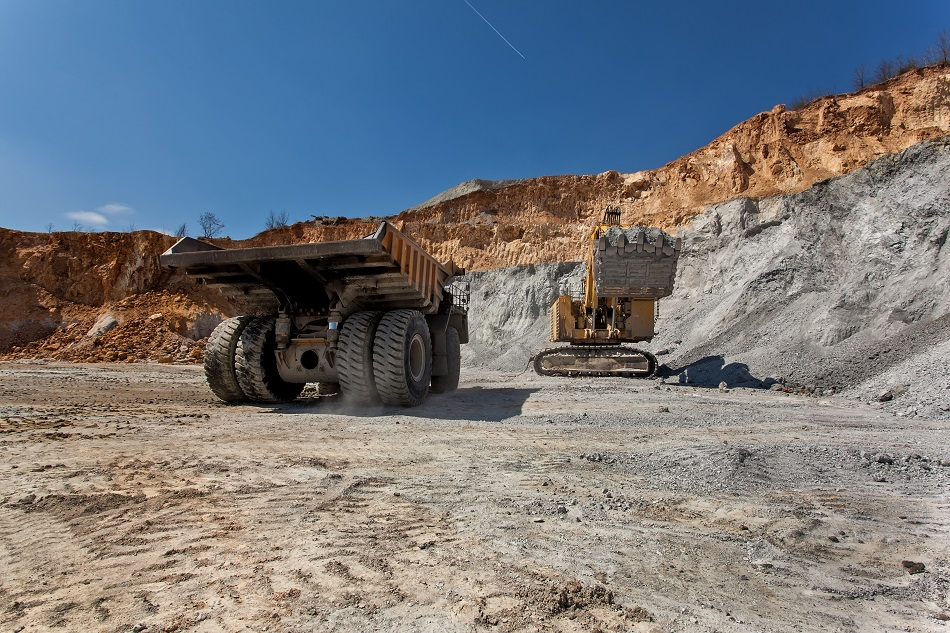Serbia is located in southeastern Europe, bordering Hungary and Macedonia. The total area of the country is 77,474 km2. The population of the country is 7.022 million as of 2017. The country’s climate varies from continental to the Mediterranean according to the regions.

Image Credit: Bora030/Shutterstock.com
Serbia became an independent republic in 2006. Its economy is transitional based on market highs and lows. Serbia faced several international economic sanctions during the years of civil war, which crippled its economy.
The GDP of Serbia was USD$41.43 billion in 2017. Although Serbia is trying to initiate trade liberalization and privatization recently, the majority of companies including natural gas and power utilities are still state-owned. Serbia is also expecting acceptance into the EU and the WTO.
Overview of Resources
The natural resources found on the territory of Serbia include coal, iron ore, oil, gas, gold, silver, copper, zinc, antimony, chromite, magnesium, pyrite, limestone, and marble. Despite that, the mining sector does not play a significant role in the country’s economy.
Serbia’s mining sector is small scale and yet to be developed owing to the country’s political history.
The mining sector’s output in 2016 is as follows:
- Silver increased by 107%
- Lead increased by 275%
- Copper increased by 37%
- Pig iron increased by 28%
- Sand and gravel increased by 29%
- Crude steel increased by 23%
- Bituminous coal increased by 19%
- Natural gas increased by 51%
- Petroleum refinery products increased by 32%
- Crude petroleum increased by 30%
- Selenium decreased by 22%
- Palladium decreased by 42%
- Refined gold decreased by 28%
.gif)
The map of Serbia. Image Credit: CIA Factbook
Metals
The majority of copper production comes from deposits in the Timoc (Bor) District in northeastern Serbia. Lead and zinc production is based primarily in the Kopaonik District in south-central Serbia.
The Serbian government has been keen on privatizing copper mine Rudarsko Topionicki Bazen Bor (RTB Bor) but after two failed attempts in 2007 and 2008, the government tried to find a partner in 2009. This attempt failed as well. In 2010, RTB Bor struck a $210.7 million deal with Canada’s SNC-Lavalin Group Inc. for the construction of a copper smelter and a sulfuric acid plant. The new smelter was completed in 2013 and with a production capacity of 80,000 Mt/yr of the copper anode. The Bor was taken over by Chinese company Zidjin in 2018, who pledged to invest $1.26 billion over the next six years in improving production, opening new mines, increasing efficiency, while also significantly increasing production.
The lithium project in Jadar, which is operated by Rio Tinto plc, is said to contain about 125.3 million Mt of inferred resources of ore comprising 1.8% of lithium oxide and 16.2 Mt of inferred resources of borates.
Fossil Fuels
Serbia depends upon crude petroleum and natural gas imports from Russia to meet its domestic demand for fossil fuels. In 2009, Russia’s JSC Gazprom Neft purchased a 51% interest in Naftna Industrija Srbije a.d. (NIS), which is Serbia’s only producer of natural gas, petroleum, and refined petroleum commodities. The remaining 49% interest continues to be state-owned.
Government Policies and Programs
Adopted on December 16, 2015, the law on Mining and Geological Exploration stipulates the establishment of the Geological Institute of Serbia. In addition to that, the law formulates strategies of Mineral Resources Management. According to this law, minerals such as boron, coal, copper, gold, natural gas, zinc, and lithium are considered to have strategic importance to the country.
Investment
Factors suitable for Serbia's economic growth are as follows:
- Strategic location
- An aggressive market reform program
- Relatively cheap and skilled workforce
- Free trade agreements with the EU, Russia, and Turkey.
Despite the mineral production of the country being meager, the Serbian government is working towards providing a proper legal framework to ensure a secure environment for investors keen on exploration and mining activities.
Experts believe that copper and refined petroleum production could increase if the government makes planned investments in RTB Bor and NIS. Similarly, the exploitation of lithium reserves could also transform Serbia into a significant regional producer of lithium.
With the Serbian economy steadily recovering and the political scenario in a better state, there is hope for an increase in the mineral commodities and mineral exploration, especially gold and copper exploration in the coming years.
Outlook for the Future
Currently, Serbia relies on foreign investment and loans in order to develop the infrastructure needed for mineral production. If the Jarad lithium-borate project goes as planned, Serbia has the potential to become a lithium and borate producer in the future. There are also many copper and gold projects that is at the exploration stage.
The quality of the infrastructure and the low electricity and base costs attract foreign companies. Understanding the role of mining in the country’s economy and the future of metal and mineral production is of great importance for the future development of this sector in Serbia.
Disclaimer: The author of this article does not imply any investment recommendation and some content is speculative in nature. The Author is not affiliated in any way with any companies mentioned and all statistical information is publically available.
Sources and Further Reading
Disclaimer: The views expressed here are those of the author expressed in their private capacity and do not necessarily represent the views of AZoM.com Limited T/A AZoNetwork the owner and operator of this website. This disclaimer forms part of the Terms and conditions of use of this website.